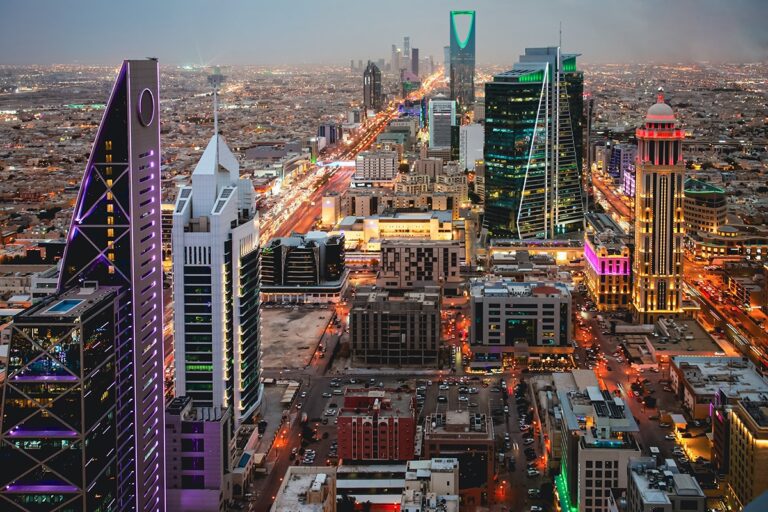As Saudi Arabia’s capital accelerates its Vision 2030 ambitions, surging construction costs are posing a significant challenge to affordable housing initiatives and contributing to a severe housing shortage.
Turner & Townsend’s International Construction Market Survey 2024 reports that Riyadh is the most expensive city to build in the Middle East, with construction costs averaging $2,593 per square meter. This figure outpaces other regional hubs like Dubai ($1,874) and Abu Dhabi ($1,844) substantially.
“Riyadh’s high construction costs can be primarily attributed to the construction industry’s output, which is supported by the government’s focus on the ambitious development of major mixed-use cities [giga and mega projects] in a bid to diversify its economy from oil as part of the Kingdom’s Vision 2030 initiatives,” said Dean Furey, head of real estate for the Kingdom of Saudi Arabia at Turner & Townsend, in an interview with Arabian Business.
Impact on Affordable Housing
The surge in mega-project development is straining local resources, diverting materials, equipment, and labor from other sectors, including affordable housing. “As a result of resources being diverted to these large-scale developments, there is a possibility of affordable housing projects becoming less feasible,” Furey explained.
Adding to the issue is a distinct shortage of skilled labor essential for delivering Saudi Arabia’s most ambitious programs. This shortage keeps costs high and stretches supply chain capacity across the Middle East.
Strategies to Reduce Costs
Furey outlined a three-pronged strategy to drive down construction costs in Riyadh: risk management, leveraging global markets, and embracing innovation.
“Adopting a proactive and balanced approach to risk management can be achieved through favorable contract terms, payment provisions, and early contractor involvement to mitigate potential cost increases,” he stated.
As global markets soften, international supply chains become more accessible to the Kingdom, “bringing more labor and contractors to help alleviate local demand pressures and reduce costs.”
Furey also emphasized the importance of adopting digital construction and design techniques to support both program and cost efficiencies in the longer term.
Ongoing Challenges
Balancing the demands of mega-projects with the need for affordable housing will be crucial as Riyadh continues its rapid transformation. The success of these efforts will largely depend on the ability to innovate, manage risks, and leverage both local and global resources effectively.
Despite these strategies, challenges remain. The ICMS report forecasts construction cost inflation in Riyadh to remain high at 5 percent through 2024, although this is a drop from 7 percent last year. Nonetheless, it continues to be a major hurdle for developers and homebuyers alike.
For now, as construction costs remain stubbornly high, the dream of affordable housing in Saudi Arabia’s capital remains elusive for many, overshadowing the city’s otherwise bright future.


